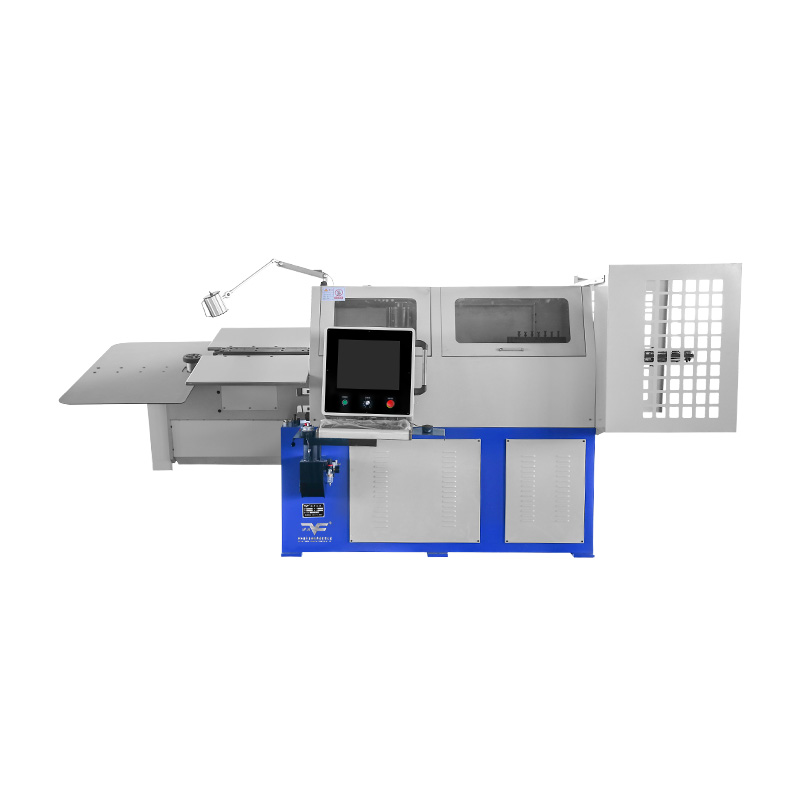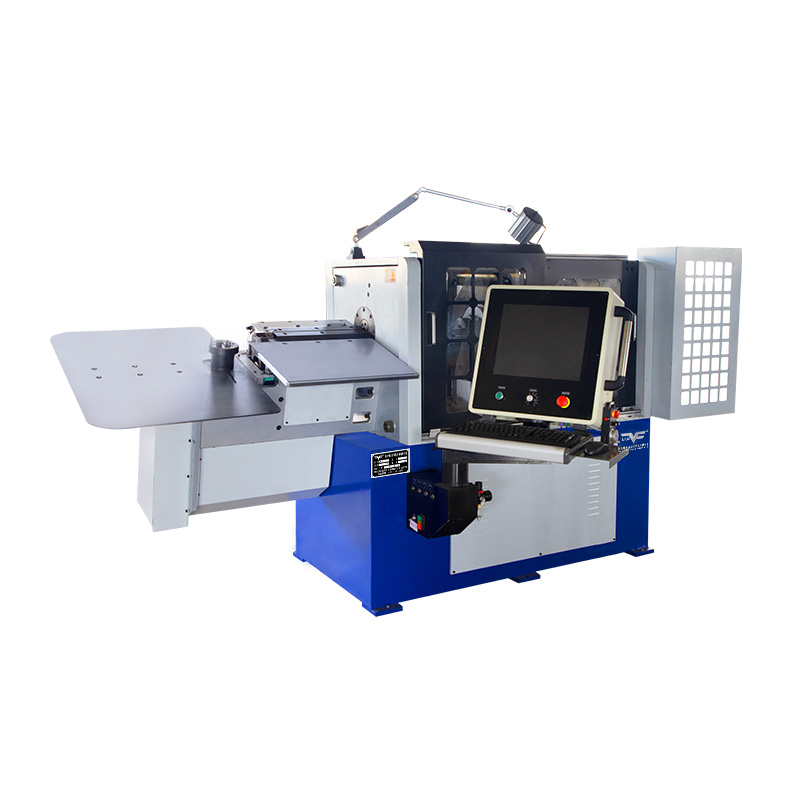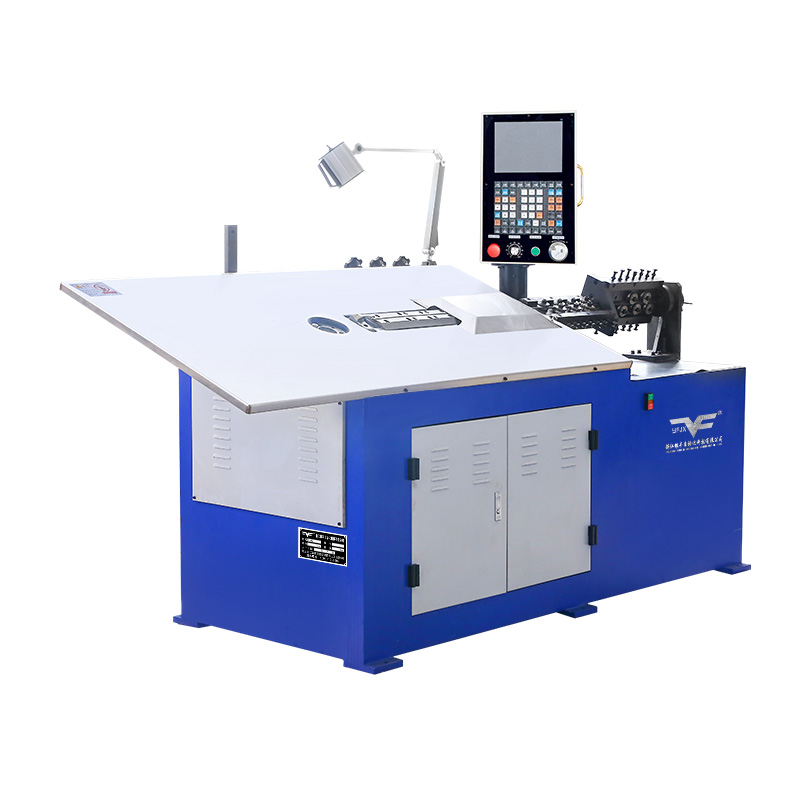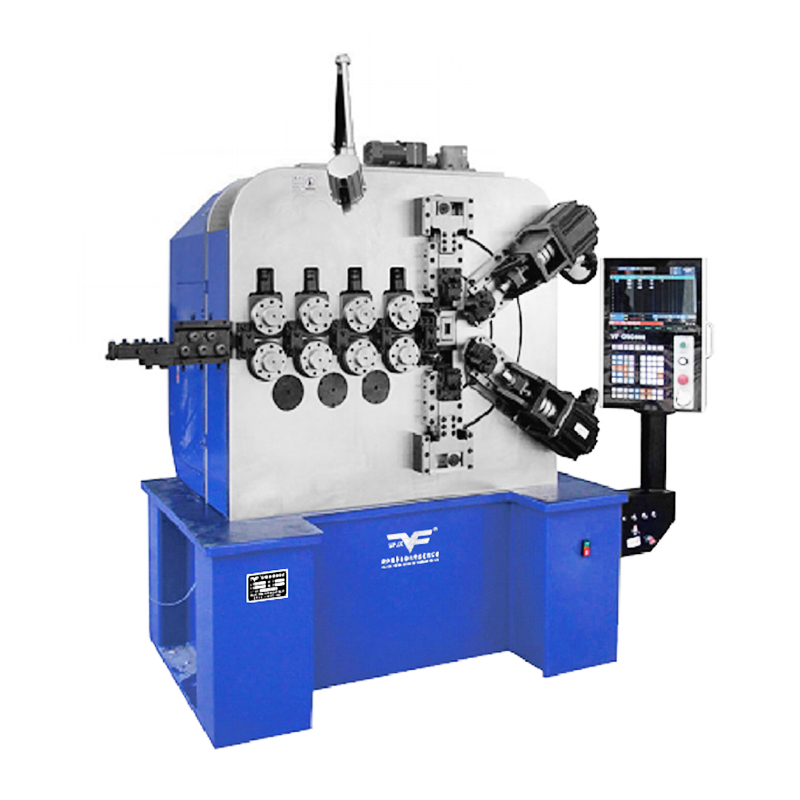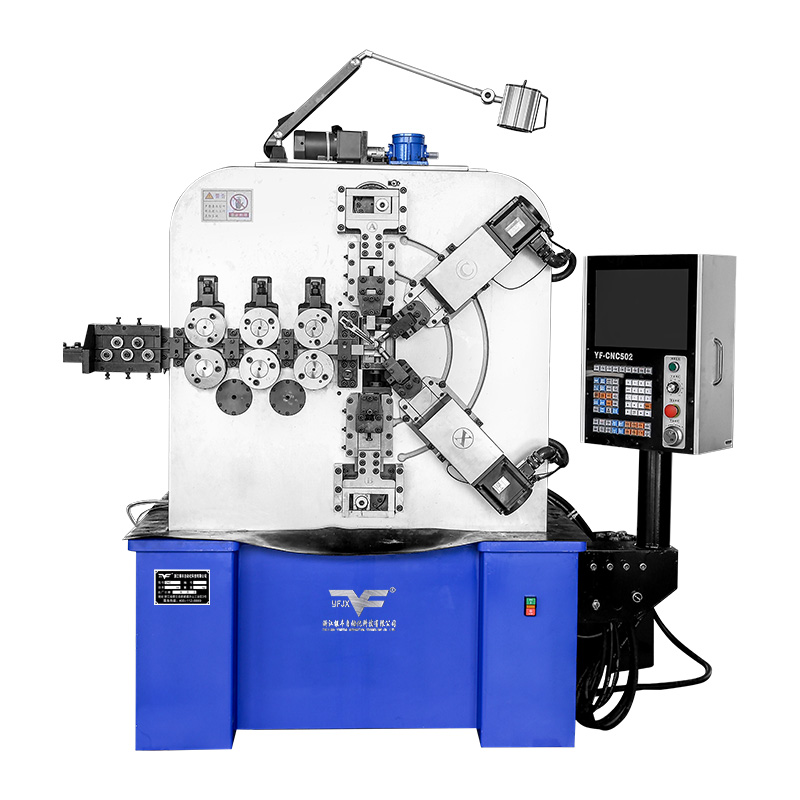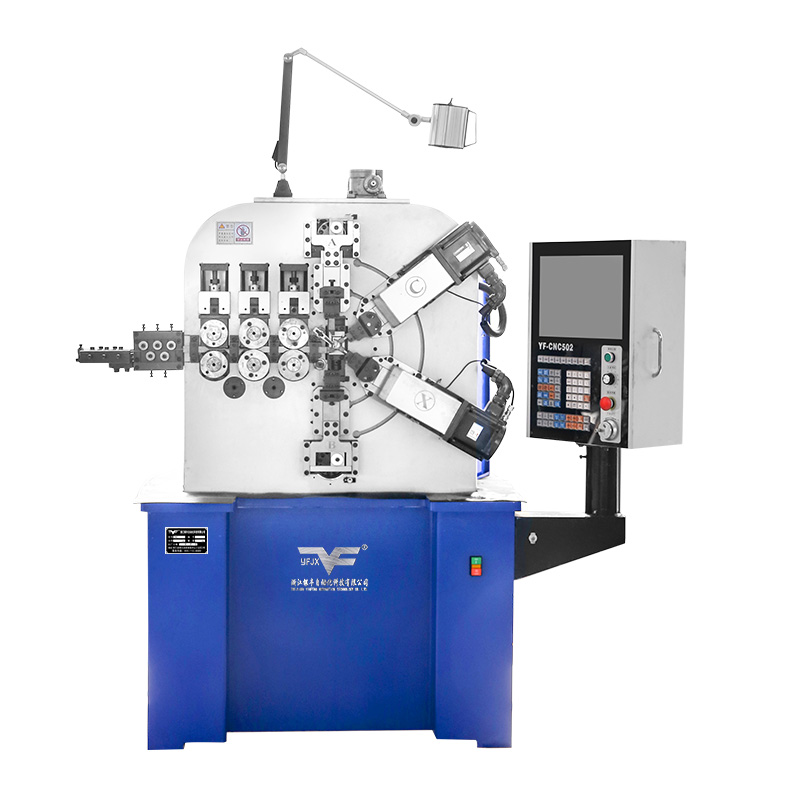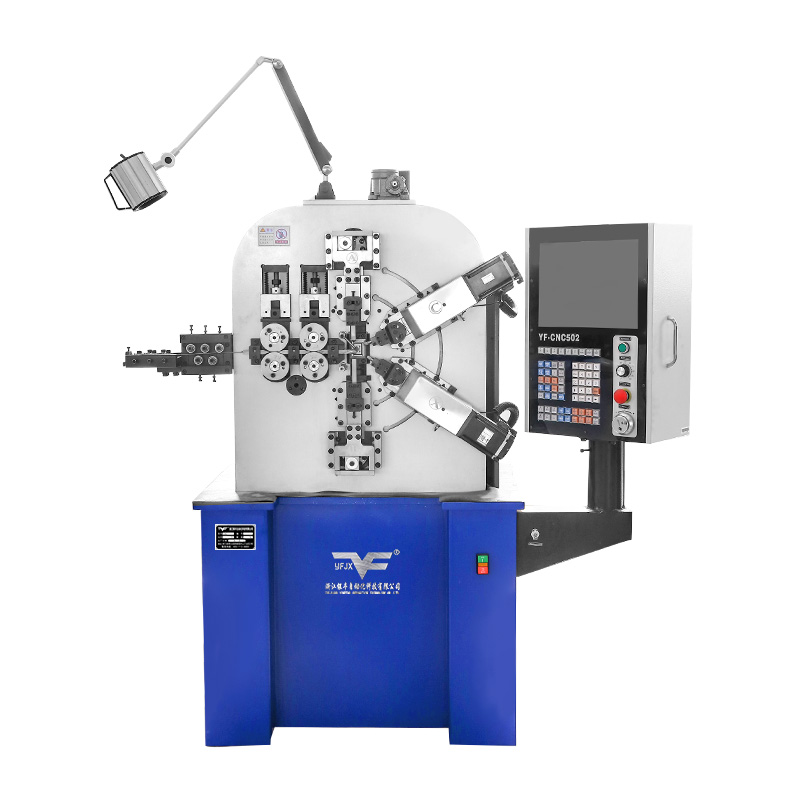What Are the Limitations of Using Small Wire Bending Machines Compared to Larger Industrial Machines?
Industry News-One of the primary limitations of small wire bending machines is their capacity and strength. These machines are designed for precision work with thin wires and cannot handle the weight or thickness that larger industrial machines can. For projects requiring the bending of heavy-duty wires or large-scale production, a small wire bending machine may not be up to the task. The micro wire bending machine, for instance, excels in creating intricate bends in delicate wires but falls short when it comes to the robust demands of industrial applications.
While small wire bending machines offer exceptional precision for their size, they may lack the fine control that larger machines provide. The desktop wire bending machine is great for detailed work, but when it comes to maintaining consistent bends across a large batch of wire, it may struggle to match the uniformity that an industrial machine can achieve. This lack of control can cause inconsistencies in the final product, which is a critical concern for manufacturers who need to meet strict quality standards.
The range of bending angles that a small wire bending machine can achieve is another limitation. Micro wire bending machines are typically limited to a narrower range of angles due to their design and size constraints. This can be a significant drawback for projects that require a wide variety of bending angles to create complex shapes and structures. In contrast, larger industrial machines are often equipped with more advanced bending capabilities, allowing for a broader spectrum of angles and more intricate designs.
The durability and longevity of a machine are crucial factors for any manufacturing operation. Small wire bending machines, while reliable for their intended use, may not be as durable as larger industrial machines. The desktop wire bending machine, for example, may require more frequent maintenance or replacement parts due to the wear and tear of continuous use. Industrial machines, on the other hand, are built to withstand heavy use over extended periods, offering a longer lifespan and lower long-costs.
One of the advantages of small wire bending machines is their compact size, which allows for easy portability and use in confined workspaces. However, this convenience comes with a trade-off. The micro wire bending machine, while portable, may not be suitable for large-scale production environments where space is at a premium. Larger industrial machines, despite their size, are designed for high-volume production and can be more efficient in terms of space utilization when considering the output they generate.
The cost of machinery is always a significant consideration. Small wire bending machines are generally more affordable upfront than their larger counterparts. However, the desktop wire bending machine may not offer return on investment for companies with high production demands. The initial cost savings can be offset by the need for more frequent maintenance, replacement parts, and potentially lower output efficiency. In contrast, the higher initial cost of an industrial machine can be justified by its ability to handle larger volumes and more demanding projects, cause a more substantial return on investment over time.
The ability to customize and adapt a machine to specialized applications is another factor to consider. Small wire bending machines may have limitations in terms of customization options, which can be a drawback for manufacturers with unique bending requirements. The micro wire bending machine may not offer the same level of adaptability as larger industrial machines, which are often designed with a range of attachments and modifications to accommodate specialized tasks.
While small wire bending machines, including micro wire bending machines and desktop wire bending machines, offer several advantages such as precision, portability, and affordability, they also come with limitations that may not make them suitable for all applications. Manufacturers must carefully weigh these factors against their specific production needs, considering the capacity, precision, range of bending angles, durability, workspace requirements, cost, and customization options when deciding between a small wire bending machine and a larger industrial machine.

 English
English русский
русский Español
Español 简体中文
简体中文